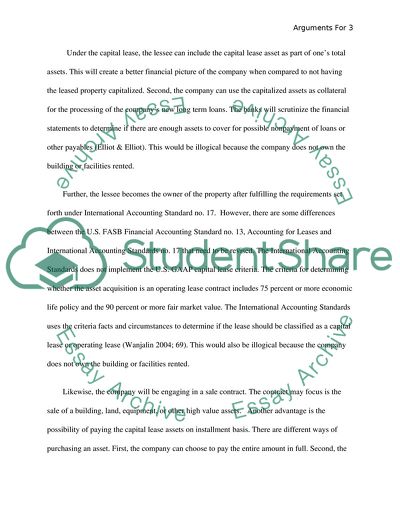Cite this document
(Supporting Capitalization of all Leases Essay Example | Topics and Well Written Essays - 1750 words, n.d.)
Supporting Capitalization of all Leases Essay Example | Topics and Well Written Essays - 1750 words. https://studentshare.org/macro-microeconomics/1572080-arguments-for-and-against-capitalization-of-all-leases
Supporting Capitalization of all Leases Essay Example | Topics and Well Written Essays - 1750 words. https://studentshare.org/macro-microeconomics/1572080-arguments-for-and-against-capitalization-of-all-leases
(Supporting Capitalization of All Leases Essay Example | Topics and Well Written Essays - 1750 Words)
Supporting Capitalization of All Leases Essay Example | Topics and Well Written Essays - 1750 Words. https://studentshare.org/macro-microeconomics/1572080-arguments-for-and-against-capitalization-of-all-leases.
Supporting Capitalization of All Leases Essay Example | Topics and Well Written Essays - 1750 Words. https://studentshare.org/macro-microeconomics/1572080-arguments-for-and-against-capitalization-of-all-leases.
“Supporting Capitalization of All Leases Essay Example | Topics and Well Written Essays - 1750 Words”. https://studentshare.org/macro-microeconomics/1572080-arguments-for-and-against-capitalization-of-all-leases.


